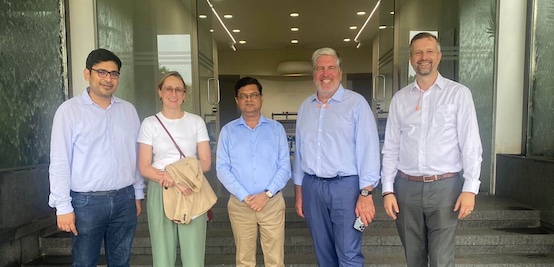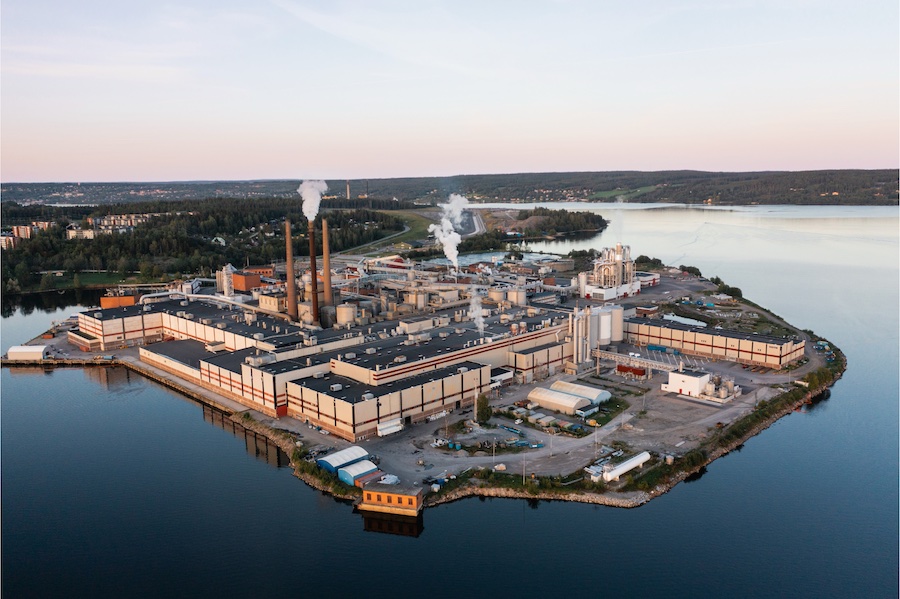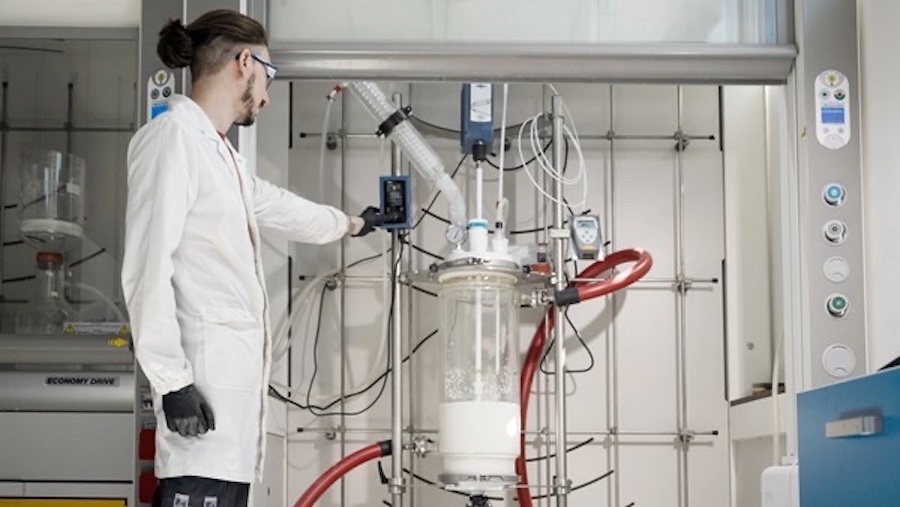#Recycling / Circular Economy
Niccolò Pasqualetti debuts Circ’s recycled materials at Paris Fashion Week

The looks from Pasqualetti’s SS26 Collection cemented Circ® Lyocell’s place on the global high fashion stage. With its silk-like look and fluid drape, Circ® Lyocell, which is diverting textiles from the landfill, is an industry-leading example of how recycled materials can integrate seamlessly into the luxury sector and redefine the future of fashion.
Niccolò Pasqualetti has a long-standing commitment to sustainability in fashion. Supported early in their career by a Stella McCartney Scholarship, Pasqualetti deepened their use of sustainable techniques and materials. Over recent seasons, they have incorporated recycled fabrics, deadstock textiles, and fabric reassembly into their collections, all while maintaining a focus on craftsmanship rooted in Tuscan artisan traditions. Their design language blends menswear and womenswear and geometry and fluidity. Pasqualetti was also named a finalist for the LVMH Prize.
The partnership between Circ and Pasqualetti underscores recycled materials’ ability to achieve the same level of sophistication as virgin textiles. The work builds on the strong foundation Circ began laying with American designer Christian Sirianio’s Spring/Summer 2025 Collection during last year’s New York Fashion Week and more recently with British designer Patrick McDowell’s Spring/Summer 2026 Collection at London Fashion Week.
Circ’s presence at Paris Fashion Week is part of the innovator’s growing presence in France, grounded in Circ’s decision to launch its first industrial-scale facility for the recycling of polycotton textiles in Saint-Avold, Grand Est region, France. Slated to open in 2028, the plant will be one of the first of its kind in Europe and is backed by the French government. Circ has already begun the public consultation process with local communities and leaders, marking an important step in bringing circular fashion to life on French soil.
“Seeing Circ® Lyocell on the Paris runway proves what we’ve always believed, that recycled materials can perform at the very highest level of fashion. This signals that circular textiles are ready to perform alongside the best in the industry, and that designers, brands, and manufacturers can trust Circ to deliver across markets,” said Peter Majeranowski. “And for us, debuting in Paris is even more meaningful as we prepare to build our first industrial facility in Saint-Avold. It’s a powerful reminder that France will be at the heart of fashion’s transition to circularity.”
Niccolò Pasqualetti, the brand’s namesake designer, remarked, “What I found inspiring about Circ’s technology is how it can transform discarded textiles into materials that move and feel like something new. Both the fabrics made with Circ materials I selected fit seamlessly in this collection, allowing both for the fluidity and structure I was looking for.”
By working with partners throughout the supply chain, Circ’s breakthrough technology— the first to successfully separate polycotton waste and recover both fibers—is laying the foundation for a circular model capable of solving the fashion waste crisis at scale. Starting with recycling polycotton, this everyday blend of polyester and cotton has long been one of fashion’s biggest challenges and one of the biggest roadblocks to creating recycled raw materials to make new garments. Each year, tens of millions of tons of this fabric end up in landfills or are incinerated, simply because existing recycling methods cannot pull apart and recover the two materials.
Circ materials strategic prominence within high-profile settings is shifting perspectives around recycled textiles and serving as a power catalyst for accelerating circularity and galvanizing industry-wide collaboration and investment.














